Gender Parity for All

Author, Marketing & Inclusion Best Practices for Women and Women of Color
“Pray God you can cope…this woman’s work…this woman’s world…is hard…”
These lyrics by singer Maxwell express the strength, courage and perseverance women need to be successful. It takes grit, focus and determination to win, especially in today’s competitive marketplace. Yet even with these attributes, there is persistent inequity in pay for women.
I confronted this inequity more than two decades ago as a product manager in the consumer products goods industry. I discovered by chance that my co-worker–a white man, someone I had trained, who had less profit and loss responsibility than I did–earned 30 percent more than I did. This was a huge source of resentment and indignation for me. I was shocked to my core and angry that this person, whom I genuinely liked, was treated with more respect and was more highly valued than I was as measured by his paycheck.
My experience is not unlike many women and women of color in corporate America. Research shows that the median salary for men is roughly 20 percent higher than the median salary for women. Stated differently, women earn approximately 80 cents for every dollar earned by a white man. There are significant variations in the size of the wage gap for different ethnic groups. The pay gap is even greater for African American and Latina women, with African American women earning 63 cents and Latina women earning 54 cents for every dollar earned by a white non-Hispanic man.
How does this pay gap affect the financial livelihood of women and their families? The economic gap that a woman experiences over the course of a 40-year working life is $330,000 per person. While this is significant, it is even more daunting for women of color, a group responsible for generating an estimated $1.5 trillion in U.S. GDP. For these women of color, the economic gap over 40 years is approximately $1 million per person. Think about the wealth that could be generated during one’s lifetime and for retirement, the number of businesses that could be created and the legacy that a woman could leave for her children and family with this added income! We could endow future generations with prosperity by eradicating gender pay inequity in the U.S.
We know through studies that the root of gender pay inequity is tied to unconscious bias that seeps into the hiring process, prolonged and unnecessary time spent in the middle management pipeline without opportunities for growth, and a lack of flexible work/life integration tools that enable a woman to fully participate in the workforce. For a woman of color, who more often is a single parent, responsible for the care of her aging parents and charged with providing support to multigenerational family members, it is more challenging to remain engaged in the workforce. She faces systemic barriers to creating economic security and yet, she is fully committed to her career and has powerful aspirations to be recognized as a leader.
What can we do to address the pay gap for women and address the chasm that exists for women of color?
My approach to the experience I had nearly 20 years ago was to confront my manager head on. I scheduled a meeting and asked him three questions in rapid-fire succession: 1) Was I exceeding in my performance expectations for my job? 2) Was I managing the lion’s share of our group’s revenue and profit goals? 3) Was I providing effective leadership to others in the group? After a resounding, “yes!” to each of these questions, I then asked, “Why am I not being paid equitably versus my team members?” My manager was speechless and after a long, uncomfortable moment of silence said that he would investigate the matter. Within a very short period, my salary was increased to more than compensate for the gap.
Companies can demonstrate their commitment to eradicate economic bias based on gender, racial and cultural identity in a number of ways, which go beyond compliance to equal pay laws. They can drive transparency through public commitment to programs such as the national White House Pay Equity Pledge. Although this program was created under the Obama Administration and discontinued by Trump, more than 100 companies signed on to take action to advance equal pay. By signing this pledge these companies agreed to conduct annual company-wide gender pay analyses, review hiring and promotion processes, embed equal pay efforts in broader equity initiatives, and identify and promote best practices to close the wage gap. Companies can also demonstrate their commitment to pay equity by setting public targets to achieve gender parity, holding leadership accountable for the attainment of these goals, and promoting flexible work arrangements for greater work/life balance.
I believe we have a responsibility to stand up for ourselves and to be an ally for current and future generations of women who experience gender inequities. We are a highly coveted and influential source of talent with the ability to drive meaningful, incremental sales and profits for corporations through the diverse perspectives we bring. Let us not have what differentiates us be held to a lower standard and economic value.
Miriam Muléy is an author, marketing, diversity and inclusion leader and CEO of The 85% Niche.
